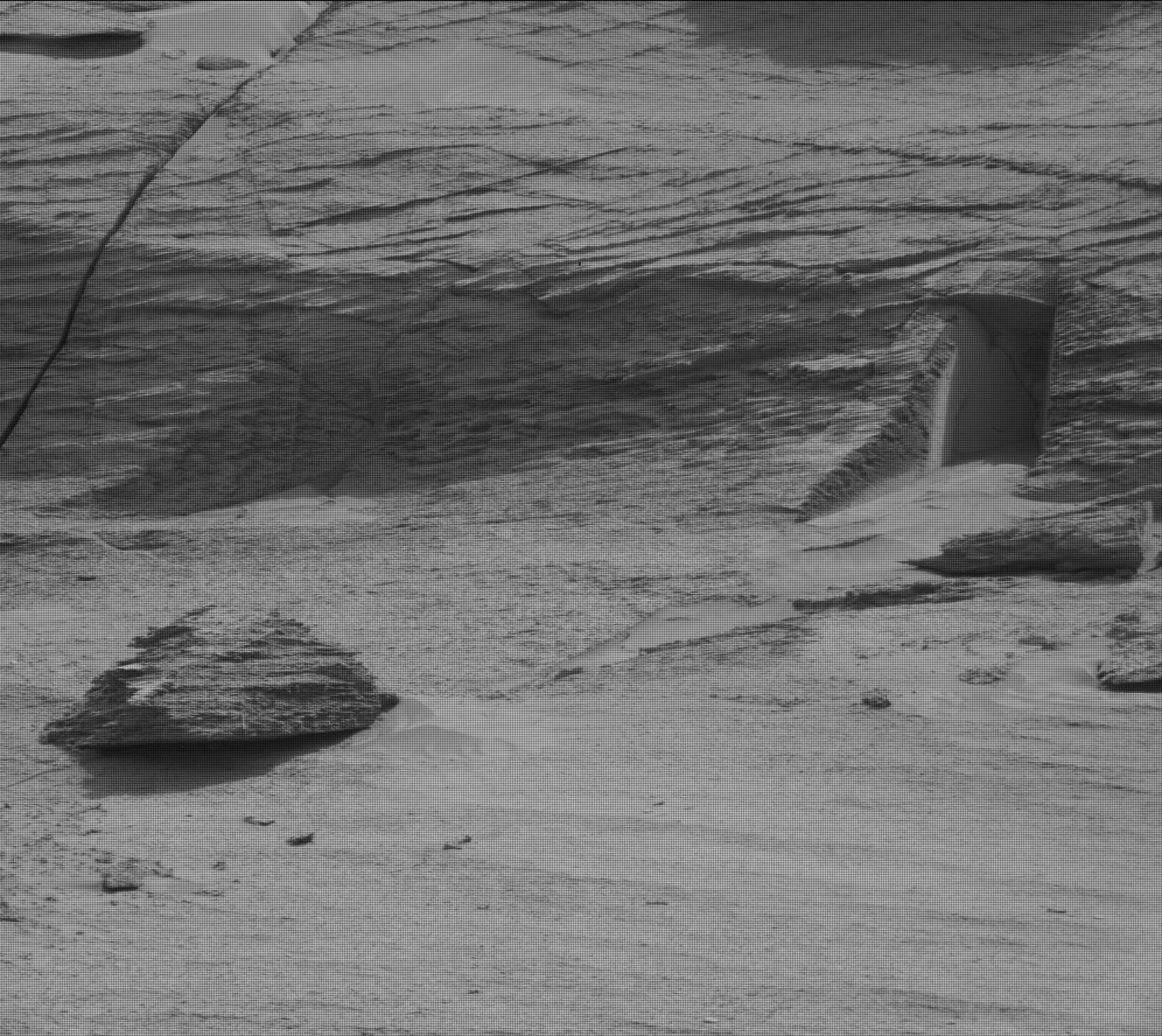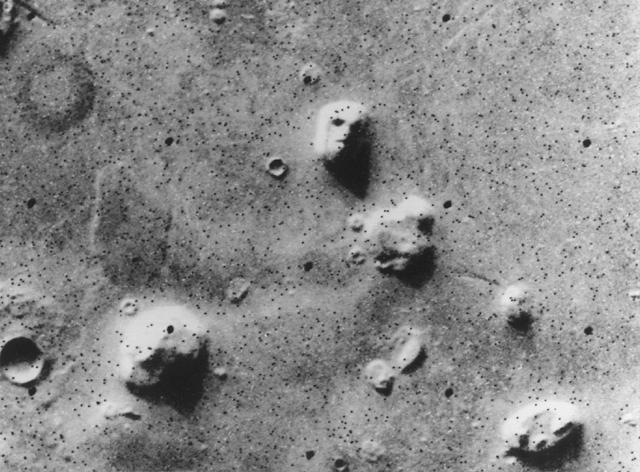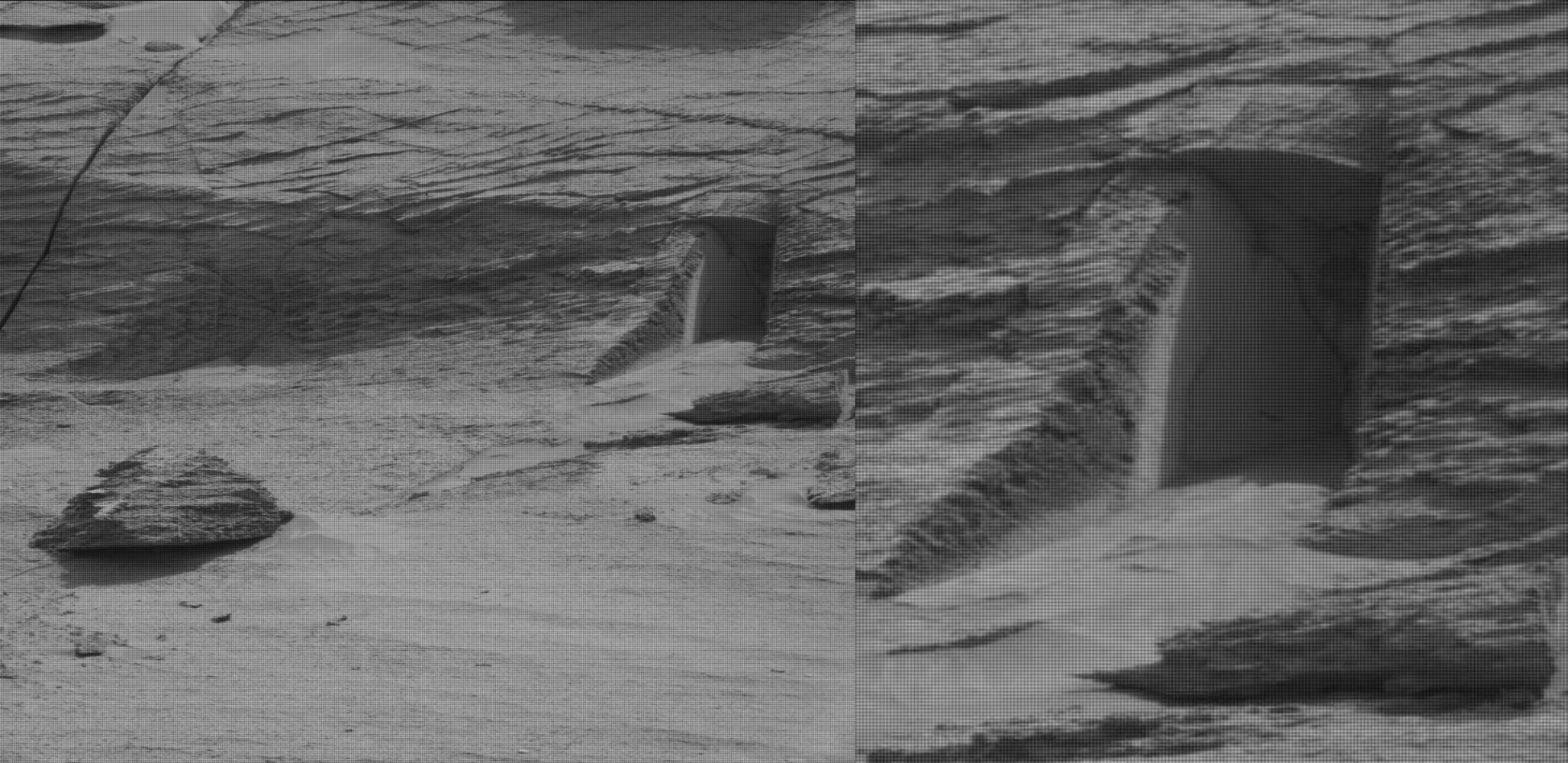Follow us on Telegram for the latest updates: https://t.me/mothershipsg
Humans have long searched the skies for extraterrestrial beings.
So it is no surprise that a recent photo on Mars, published by the National Aeronautics and Space Administration (NASA), got everyone talking.
NASA's Mars rover, Curiosity, took a photo of a rectangular opening, resembling a doorway.
 The photo was taken by the Mast Camera (Mastcam) onboard NASA's Mars rover Curiosity. Photo credit: NASA/JPL-Caltech/MSSS
The photo was taken by the Mast Camera (Mastcam) onboard NASA's Mars rover Curiosity. Photo credit: NASA/JPL-Caltech/MSSS
The photo was taken on May 7, 2022, when the rover was exploring Mount Sharp, a mountain on the red planet.
Fracture in a rock
What appeared to be a work of extraterrestrial beings turned out to be "just a fracture in a rock", reported Gizmodo.
Ashwin Vasavada, a project scientist in the Mars Science Laboratory, told Gizmodo that the outcrop was caused by ancient sand dunes that fused together over time.
It created the stone formation that was visible to Curiosity when it was in the area.
The sand dunes on Mars were buried and reburied, according to the constantly shifting sand on the planet's surface.
Two possibilities
The repeated process can cause the compacted layers to fracture due to differing pressure and usually happens vertically.
The scientist elaborated that the fracture — which is about 30 centimetres in height — may have occurred in two ways.
Either two vertical fractures occurred, causing the centrepiece to become disconnected, or a single vertical fracture occurred, and "the blocks have moved apart a little bit".
Eyes playing tricks
Humans have a tendency to perceive familiar things in an unfamiliar environment.
In the 19th century, there were claims that canals snaking across the surface of Mars were made by smart creatures.
The claims turned out to be false.
Another famous photo was the Face on Mars. Taken in 1976 by NASA's Viking 1 probe, the massive rock formation resembled a human face, complete with eyes, nose and mouth.
 NASA's Viking 1 orbiter spacecraft took the photo of the Martian surface on July 25, 1976. Photo by NASA
NASA's Viking 1 orbiter spacecraft took the photo of the Martian surface on July 25, 1976. Photo by NASA
That photo has since been widely used to describe a psychological occurrence called pareidolia, a human tendency to make out faces in inanimate objects.
Follow and listen to our podcast here
If you like what you read, follow us on Facebook, Instagram, Twitter and Telegram to get the latest updates.
